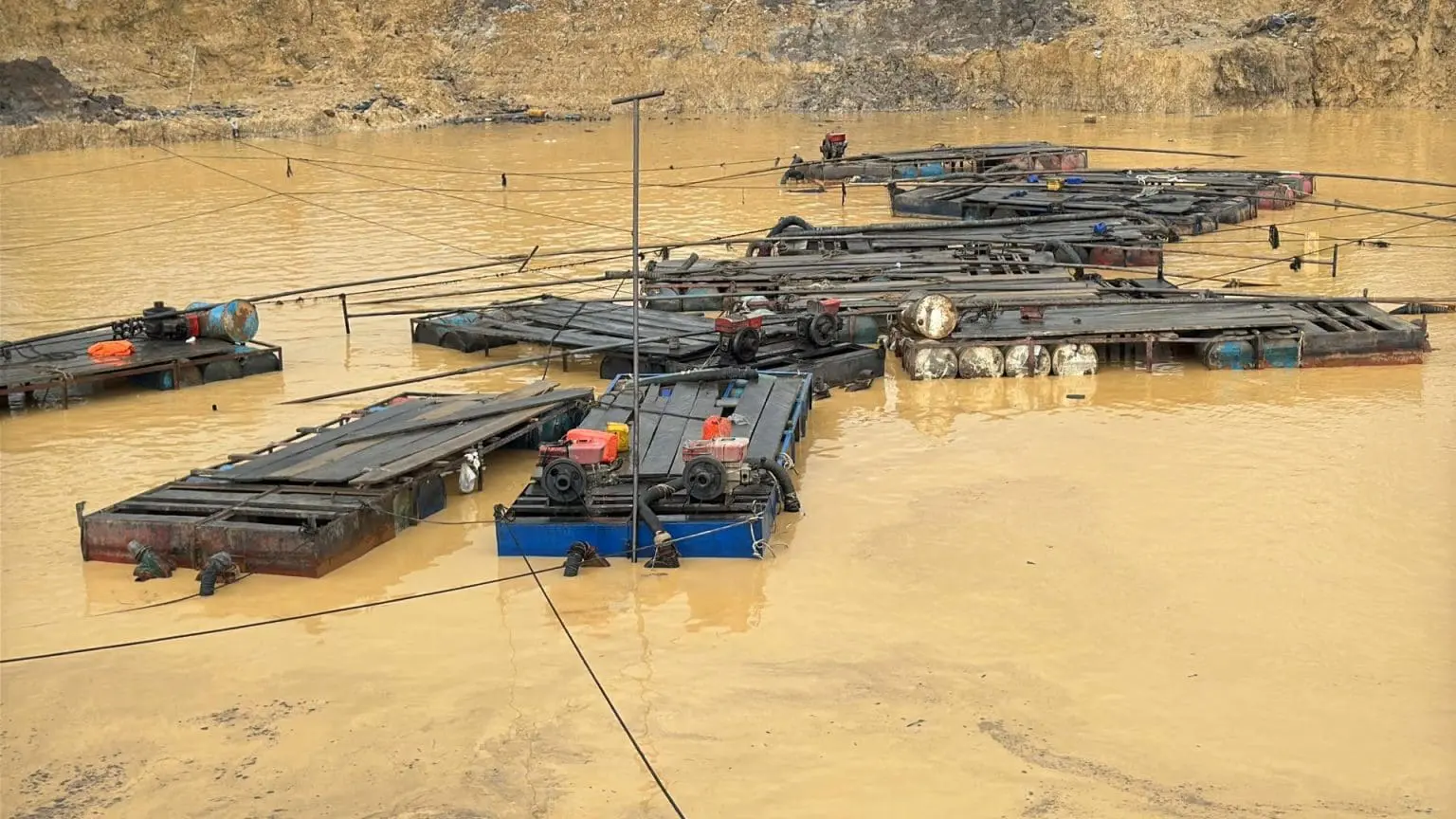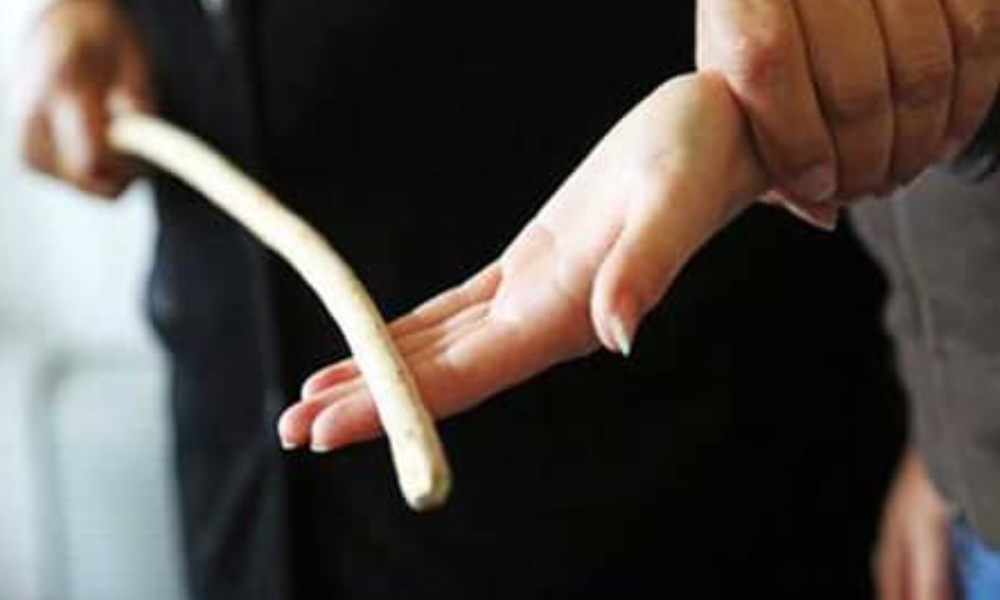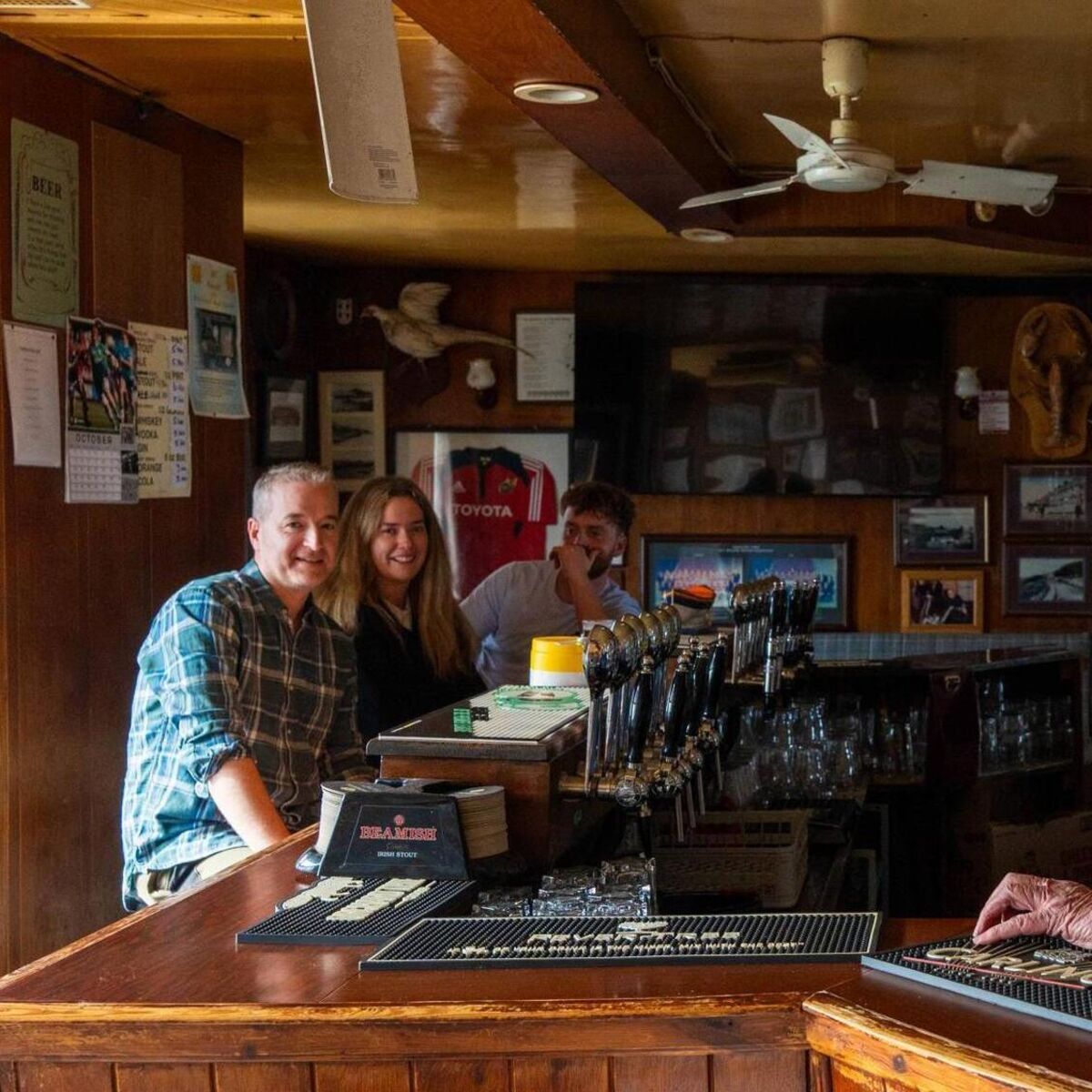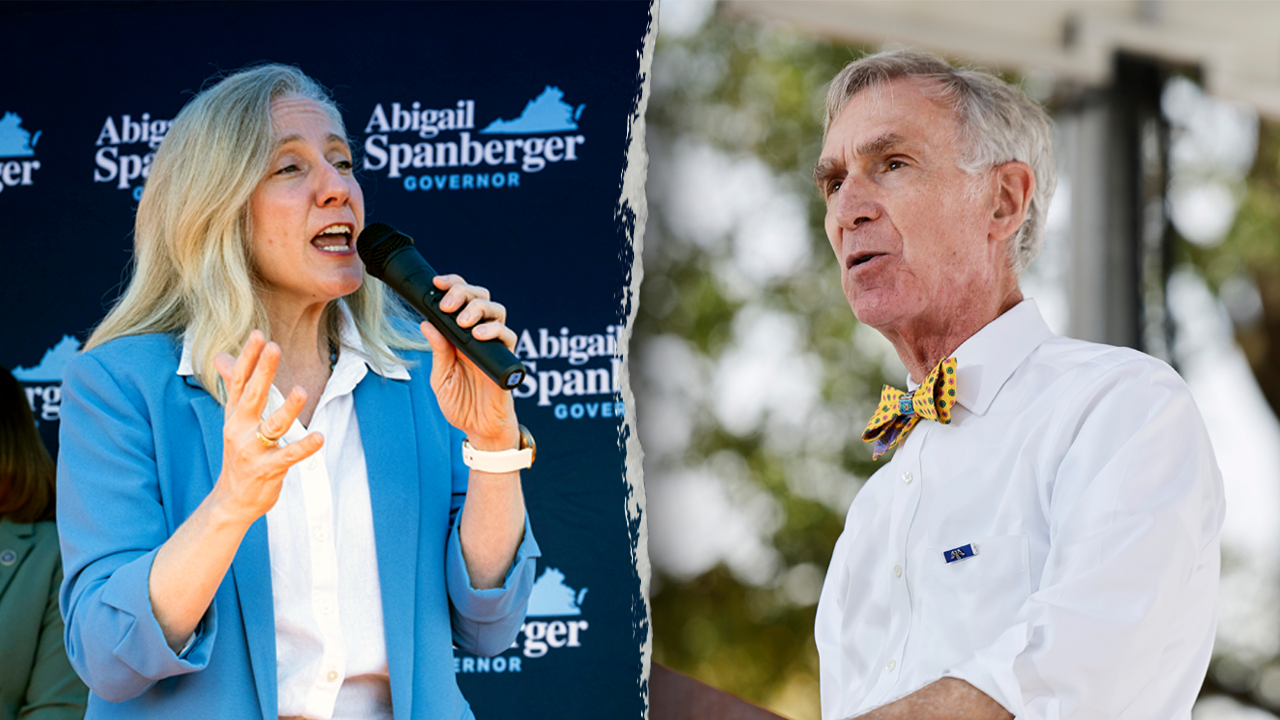Copyright The New Yorker
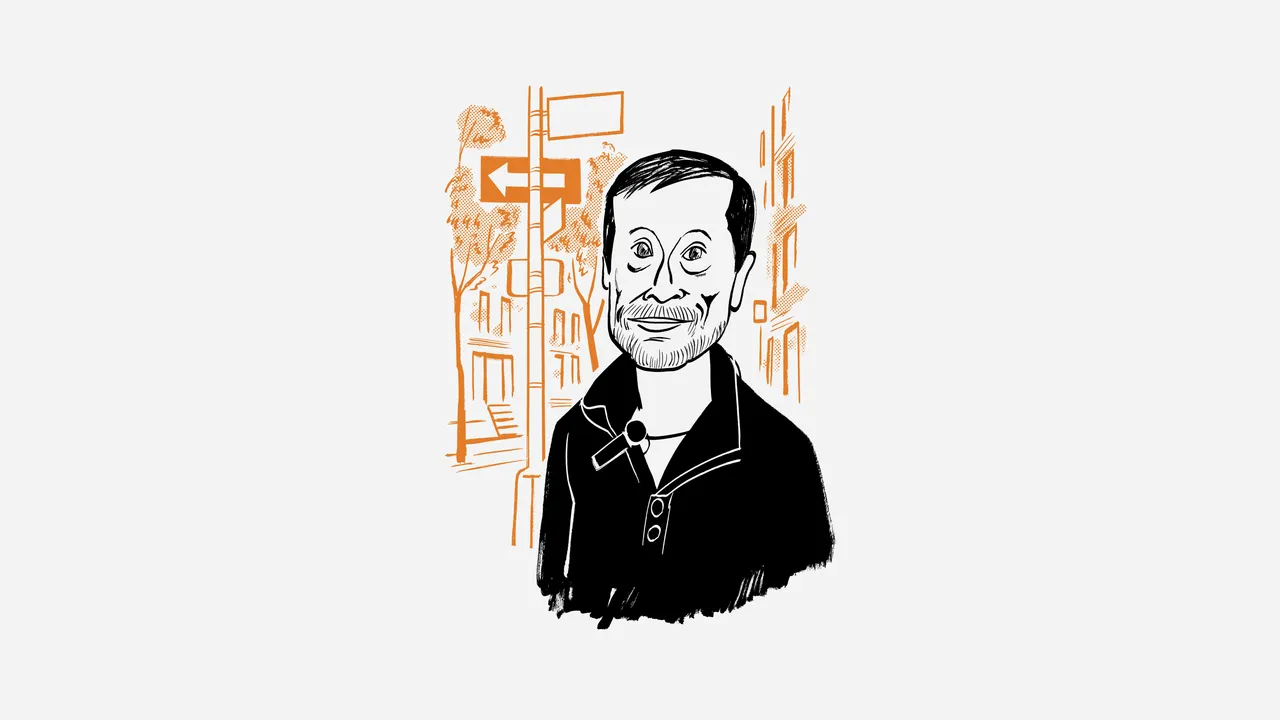
Attention, dads: Ken Burns was in town recently, scouring SoHo for history. The documentary filmmaker, having made mammoth miniseries on the Civil War, the Roosevelts, Prohibition, the Vietnam War, country music, jazz, baseball, and other hallmarks of the American story, has finally gotten around to our messy, violent, idealistic founding. His new series, “The American Revolution”—six episodes, twelve hours, ten years in the making—airs on PBS in November, just shy of the nation’s two- hundred-and-fiftieth birthday. Burns was up to something extremely 2025: shooting a man-on-the-street promotional video. SoHo, Burns explained, has a slew of streets named for Revolutionary generals. “It’s almost like a cemetery,” he said. The plan: prowl the cobblestones, spit out some rapid-fire history, and release the video through his online platform, UNUM. (He’d been posting from such locations as Monticello and Yorktown.) A two-man crew miked him up on Spring Street, outside a children’s gym. Even before the camera rolled, Burns, in jeans and a sweater, was bursting with facts. “This city is the British stronghold,” he said. (History, for Burns, happens in the present tense.) “When Washington loses it, on September 15th—this day, two hundred and forty-nine years ago—it will stay in British hands for seven years and two months and ten days, because November 25, 1783, is Evacuation Day, the day the British finally fucking leave New York.” He posed outside the Ear Inn (est. 1817), as a colleague pointed an iPhone at him. “Hey, it’s Ken Burns for ‘UNUM on the Road’!” he began. “We’re on the corner of Washington Street, named after the most important person in the Revolution, George Washington, after whom we do not have a country if he does not exist.” Cut. “I feel like Borat,” he said. The group walked east. “I live in rural New Hampshire, but I know this area pretty well,” Burns said. “I walk these blocks wondering who went through them—particularly down here, where there’s so much history.” On Varick, he stood in front of the former Trump SoHo. “Varick is named after Richard Varick, who was a mayor of New York City but also a soldier in the Revolution and a private secretary to George Washington,” he professed for the camera. “If you want to get to New Jersey, you take Varick.” Cut. “Boom! Onwards.” At the corner of MacDougal and Prince, Burns talked about Alexander McDougall, a member of the Sons of Liberty and the first president of the Bank of New York. “Now they’re going to come fast and furious,” he said, darting through shoppers with tote bags. On Sullivan Street, he expounded on John Sullivan, a general who was captured at the Battle of Long Island and who later uprooted Native American villages upstate. “So, there’s some undertow with John Sullivan,” he noted. He passed a matcha place advertising passion-fruit-coconut lattes, something that did not exist in Revolutionary times. “Well, tea is a big reason for the war—the tax on tea! We can talk matcha.” Next: Thompson Street, named after William Thompson, a “not very distinguished” general. A car with a Vermont plate nearly grazed Burns, but he was unfazed; Vermont was not yet a state during the Revolution, “so how can he hit me?” He passed a Marc Jacobs (not a general) boutique and hit Wooster Street, named after General David Wooster. As he crossed Greene (“You cannot say enough about the importance of Nathanael Greene”), a bro in a backward cap started filming Burns on his own smartphone and asked, “What do you do for a living?” “Ignore strangers,” Burns said. “Hey, a stranger’s a friend in disguise,” the bro replied. “I’m just teasing you. I’m a filmmaker.” “Have you made something that I might have heard of?” “Doubtful,” Burns said, and scurried away. He stopped at Mercer Street (Hugh Mercer, “a brigadier general who was bayonetted and eventually died from his wounds at the Battle of Princeton”) and ended at Lafayette, named, as any “Hamilton” fan knows, for the Marquis de Lafayette, who came from France as a nineteen-year-old to help fight the British and was, Burns added, “very handsome.” After they wrapped, Burns sat on a bench in Cleveland Place (Grover Cleveland—wrong century) and recounted his own New York story. From 1975 to 1979, he split his time between Amherst and Manhattan, where he slept on couches and tried to raise money for his first documentary, about the Brooklyn Bridge. “I looked twelve years old,” he recalled. He’d drink with friends at the Ear Inn or go to jazz shows at Bradley’s, on University Place. He prefers to stay in SoHo when he’s in town and, like a lot of New Yorkers, sees the neighborhood as a place where the past is palpable. “I am the biggest kvetcher about what we’ve lost,” he said. “The Gourmet Garage on Broome Street—why did that disappear?” ♦ Profiles What Zohran Mamdani Knows About Power The thirty-three-year-old socialist is rewriting the rules of New York politics. Can he transform the city as mayor? Airwaves Dept. Before Kimmel, the Smothers Brothers Ate It President Nixon got the brothers’ variety show cancelled after they wouldn’t let up on Vietnam. In the wake of the new late-night wars, Dick Smothers is having flashbacks. The Political Scene Can a Maine Oyster Farmer Defeat a Five-Term Republican Senator? Graham Platner, a local veteran, is angling to take on Susan Collins, who may be vulnerable in her 2026 reëlection bid—and is drawing support from both sides of the aisle. Halls of Montezuma Greg Cope White Asks and Tells The author and former marine served the country in the closet. Now, amid Pete Hegseth’s anti-L.G.B.T.Q. military mission, Cope White is prouder than ever—just look at his new Norman Lear-backed Netflix show, “Boots.” Rip Van Winkle Dept. As Siberia Gets Another Round, Fallon’s a No-Show The dive bar hidden in a subway entrance was the go-to spot for Anthony Bourdain and Quentin Tarantino. After a two-decade hiatus, it’s popped up in Columbus Circle. Photo Booth What Catherine Leroy’s Fearless Photographs Reveal About the Vietnam War Fifty years after its horrors, we know that the press helped to turn public opinion against the conflict. That’s because war is hell, and hell is photogenic. Career Arcs Jeremy Irons’s Walk of Fame The “Morning Show” actor strolls the theatre district, remembering his star turn in Tom Stoppard’s “The Real Thing” and recalling the way Mike Nichols always joked that he was Jewish. The Political Scene How One J6er Has Been Emboldened by His Pardon Some insurrectionists have reoffended. Others have run for office. Cleveland Grover Meredith, Jr., is campaigning to get reparations—from “the deep state” and his parents. The New Yorker Radio Hour Richard Linklater on His Two New Films, “Blue Moon” and “Nouvelle Vague” The director talks with Justin Chang about his latest work on artistic genius. One dramatizes the decline of Lorenz Hart; the other details the triumphant début of Jean-Luc Godard. Annals of Justice A Year of Convulsions in New York’s Prisons How two murders and a strike exposed a system at its breaking point. The Lede Eric Adams Slips Out the Side Door The Mayor makes official what has been obvious for some time, and ends his reëlection campaign. Photo Booth The Guts and Glory of “Indian Rodeo” For more than a decade, Jeremiah Murphy has been trying to capture the beauty of a deeply American sport.
